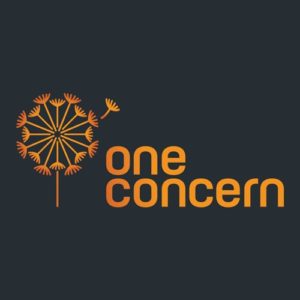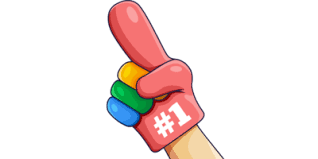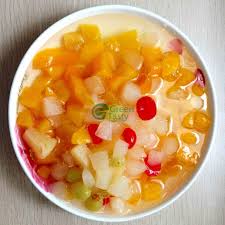Benefit-Shoveling Or Culture-Shoveling.
I was watching a 75 video, masquerading as a TV spot, on LinkedIn the other day for a company named CQ Medical and, because I know the ad agency’s work, thought it a fairly nice piece of healthcare ad craft. But one word in the copy (“design”) threw me. I thought CQ Medical was a healthcare provider, e.g., a hospital, or health system. It turns out — after a second viewing and some research — they’re a medical device company. An equipment company.
The first rule of advertising is explain what you’re selling. Unless you have Coca-Cola awareness. Otherwise, the ad is impressionistic and there are few Picassos in advertising.
I often write about the Is-Does: Explain what a product/service Is and what the product/service Does. Those who miss this step are likely benefit-shoveling. Or culture-shoveling. Too far down in the weeds to register with consumers what one is selling.
In branding, it’s never smart to jump over the Is-Does. Even if you have a limited target audience that supposedly knows your name. It’s “smart” brand craft to identify your product clearly.
Peace.




